Top 10 Power Plants in Pennsylvania
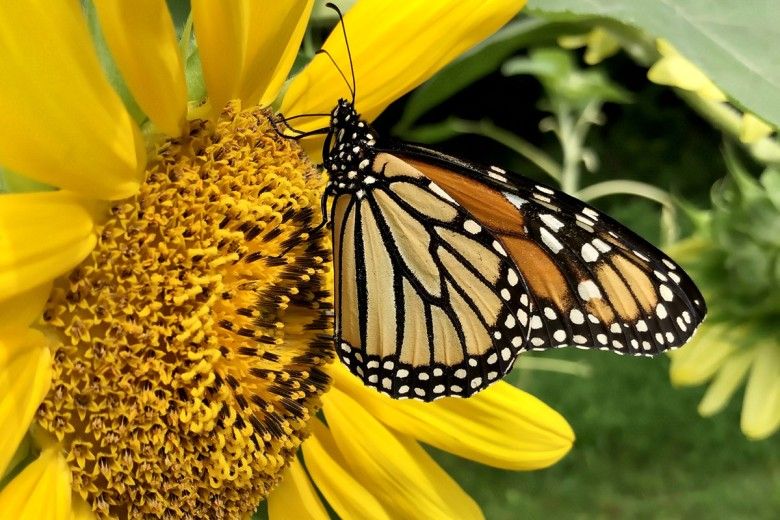
Pennsylvania is home to a rich diversity of native plants that support a variety of wildlife, including butterflies and moths, which are in the biological classification order Lepidoptera, the second largest order in the Insecta class.
Because native plants co-evolved with native insects, they have a symbiotic relationship, i.e. a plant may provide nectar to feed a butterfly, while the butterfly spreads the plant’s pollen for reproduction.
Some native plants have a higher value and support more species of lepidoptera than others. I call these “Power Plants,” while some might refer to them as “Keystone Plants.” Essentially, they are the plants that if removed from a landscape would cause the diversity and abundance of an ecosystem to significantly decline.
1. Goldenrods (Solidago spp.)
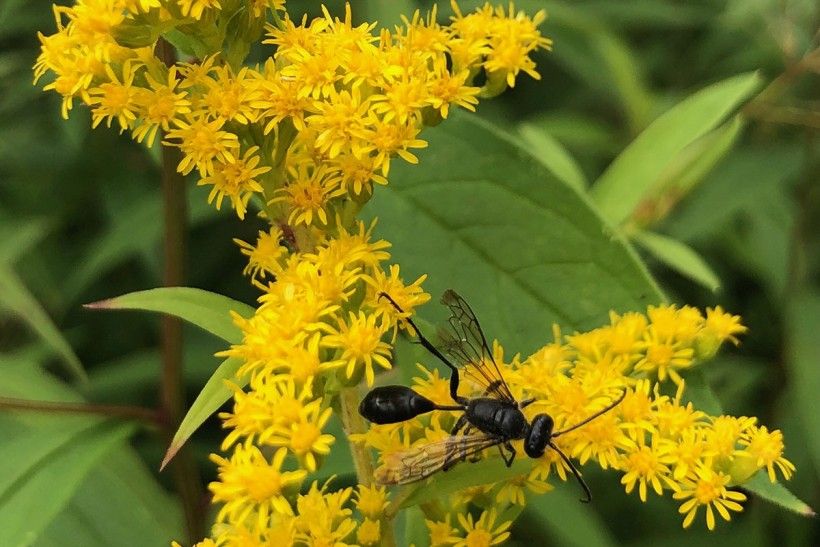
Often blamed for seasonal allergies that are the result of ragweed, goldenrod is a genus of flowering plants that is a significant food source for many species of insects, including lepidoptera. Think of how goldenrods are often covered in a great diversity of pollinators in a flurry to collect nectar and pollen before autumn fades to winter. Goldenrod also is valuable to migrating monarch butterflies, which need fuel to complete their journey south. Solidagos are known to support a whopping 126 species of lepidoptera!
2. Asters (Aster spp.)
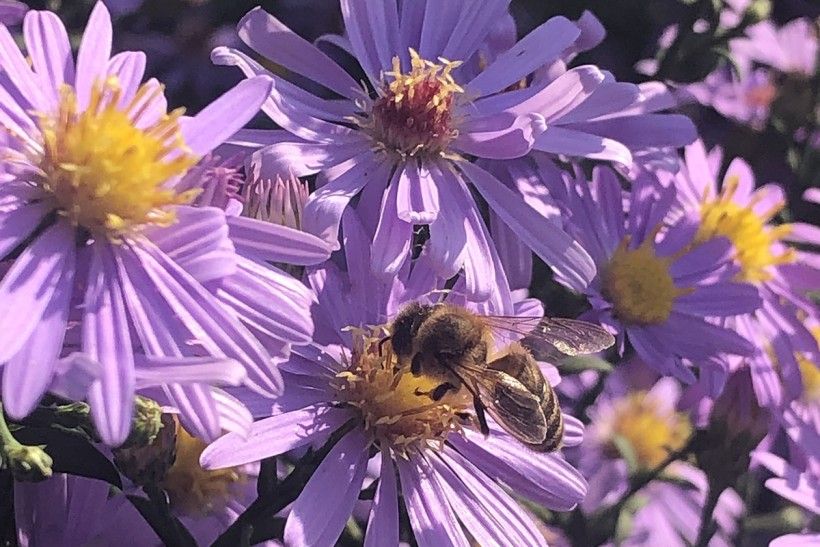
Another plant that offers late season blooms for pollinators to enjoy are asters. Their shades of blue, purple, and white look fabulous when planted with Solidago species. Plants in the Aster genus support 115 species of lepidoptera, including the American Painted Lady (Vanessa virginiensis)!
3. Sunflowers (Helianthus spp.)

Known to support 71 species of lepidoptera, sunflowers are cheerful, often long-blooming “Power Plants” to enjoy in the landscape. Watch for heliotropism–the ability of the plant to follow the sun as it moves east to west.
4. Joe-pye weeds (Eupatorium spp.)
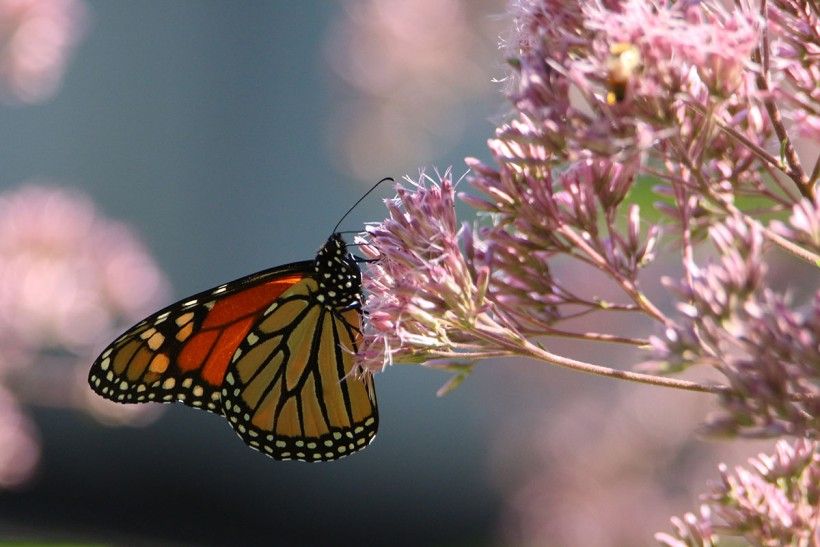
The genus Eupatorium includes joe-pye weeds, common boneset, and thoroughwort and supports 35 species of lepidoptera. Besides that fact, it should be considered a “Power Plant” for the way it is covered by insects when it is in bloom! It’s easy to spot Joe-pye weeds’ delicate, individual flowers that collectively produce large clusters of pink/purple blooms in late summer. They are valuable nectar sources for many insects.
5. Violets (Viola spp.)
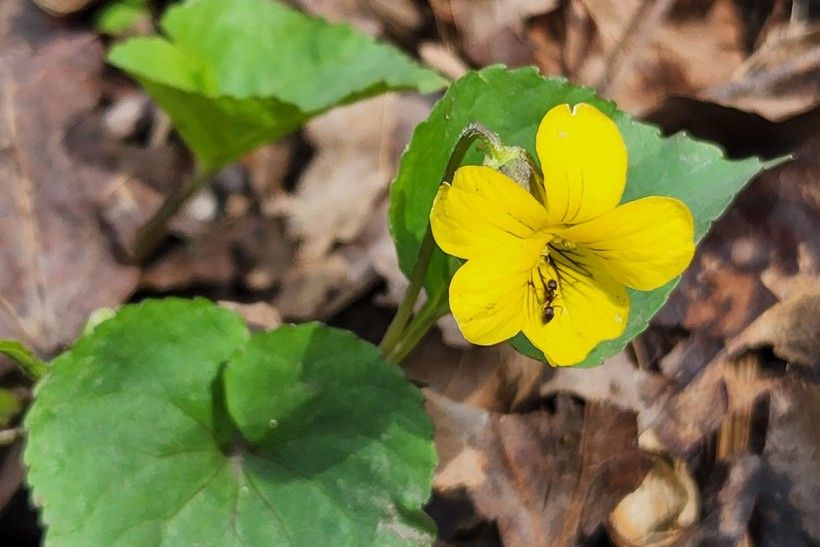
A diminutive plant, violets should not be overlooked as “Power Plants.” Despite their small size, violets are known to support 32 species of butterflies and moths, including the Great Spangled Fritillary (Speyeria Cybele), whose larvae can only feed on species of violets. Plus, violets make a nice groundcover.
6. Geraniums (Geranium spp.)
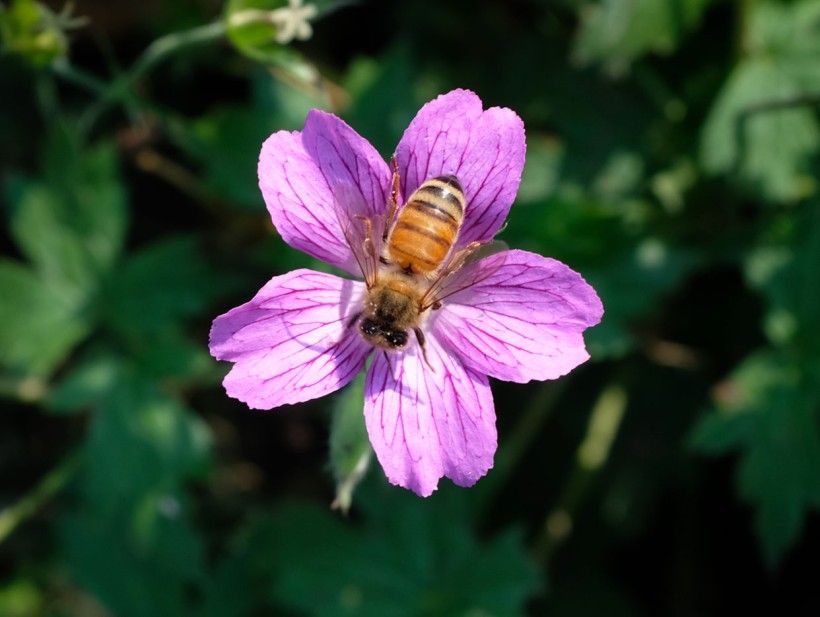
A great plant for rich woodlands, species of native geraniums–not the annuals that most plant nurseries sell–can support 27 lepidoptera species! Native geraniums in Pennsylvania typically grow to only 1-foot tall, but they can have a big impact on the ecosystem. In addition to butterflies and moths, bees will visit the blooms and birds will eat its seeds.
7. Brown and black-eyed Susans (Rudbeckia spp.)

An easily recognizable plant, brown and black-eyed Susans are common in home landscapes, partly, because they are easy to grow, are rather adaptable, are deer resistant, and they add a lovely burst of yellow with their long-lasting flowers. Their seeds are a source of food for many birds, and 18 lepidoptera species are known to use rudbeckias as host plants.
8. Evening primroses (Oenothera spp.)
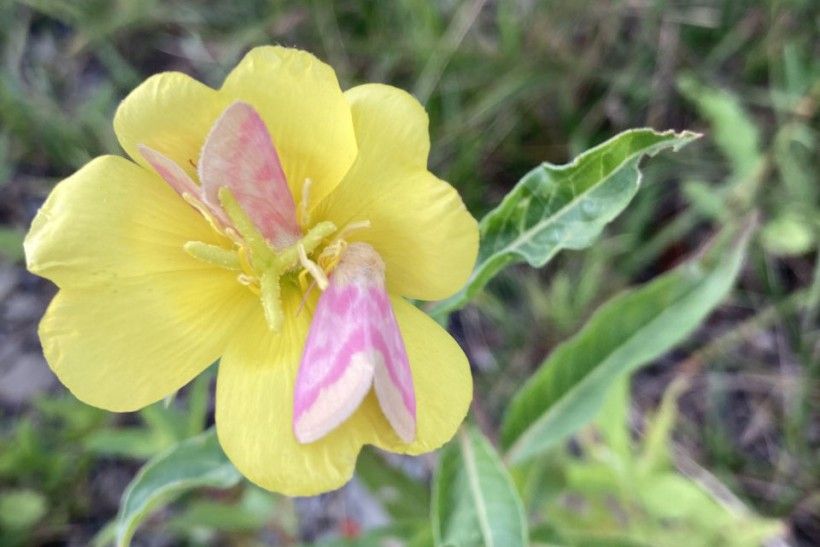
Love or hate them, evening primroses support 18 species of butterflies and moths. Their blossoms open in the late afternoon/evening and close in the morning, and so, they support a great diversity of moths, which will feed on them in the night. They readily self-sow and might take over small landscapes! It attracts the pretty yellow and pink primrose flower moth (Schinia florida).
9. Milkweeds (Asclepias spp.)

You likely know that milkweeds are the only plant on which the larvae of monarch butterflies can feed; however, milkweeds support many more species beyond the beloved and iconic monarch. Take a close look at milkweed this summer, and you’ll see milkweed beetles, milkweed tussock moth caterpillars, fireflies, and many more insects clamoring all over it. Lots of butterflies, skippers, and bees will nectar on it, while other insects might make a meal out of the aphids that are drawn to it.
10. Mountain Mints (Pycnanthemum spp.)
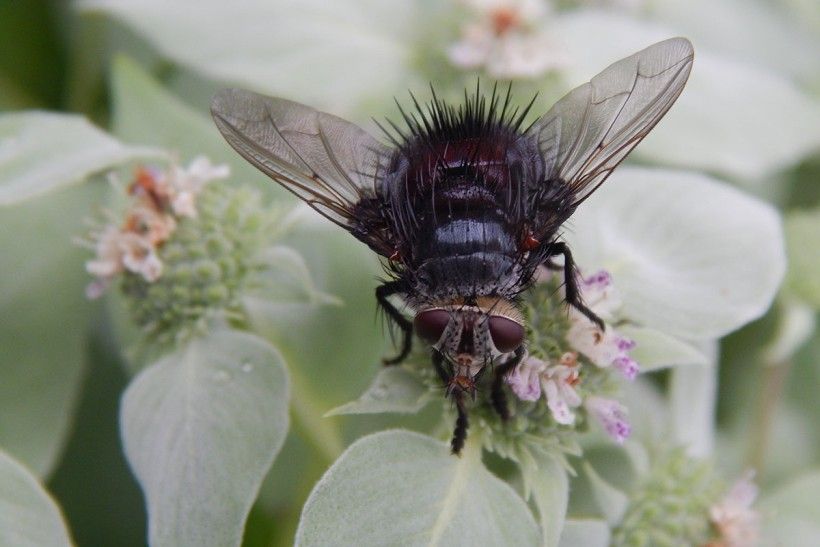
Even though only four species of lepidoptera are known to utilize mountain mints as host plants, they should be “Power Plants” given their attractiveness to a wide diversity of pollinators. A Penn State Extension study published in 2015 by Dr. E. Jay Holcomb and Connie Schmotzer listed Clustered Mountain Mine (Pycnanthemum muticum) as the most visited plant by pollinators over a three-year study. As a bonus, its minty fragrance, taste, and texture are unpleasant to deer!
Header image: Sunflowers (Helianthus spp.) Photo by John Cupec.